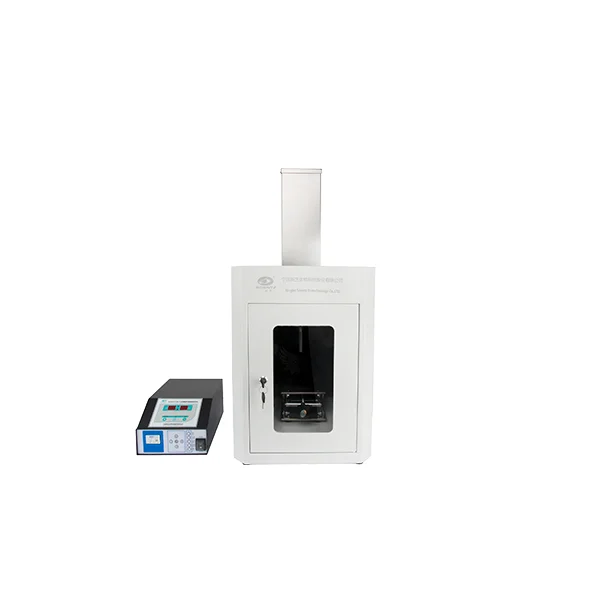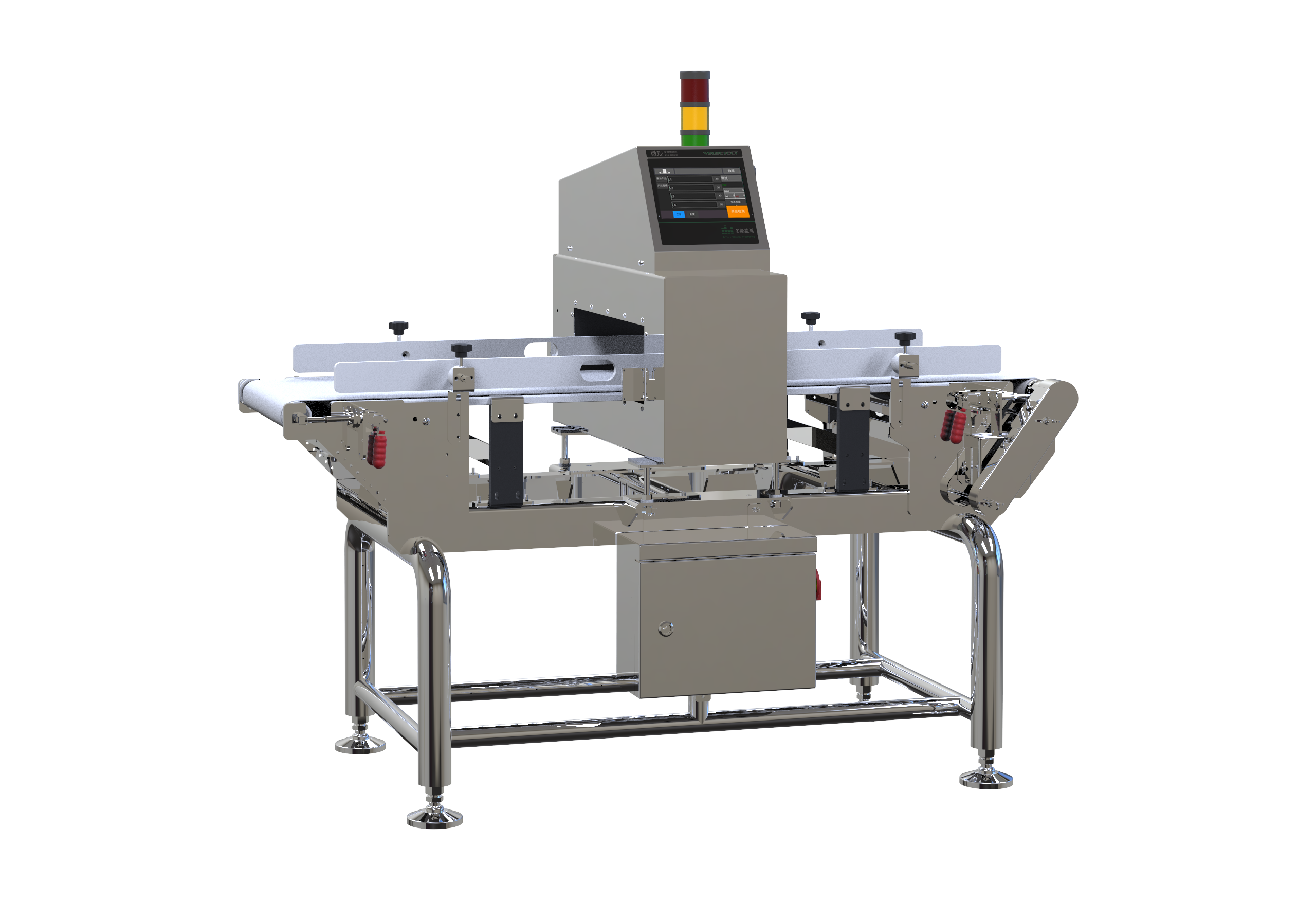Bag filter pulse valve selection guide: Balancing performance and cost
The selection of bag filter pulse valve requires finding a balance between performance and cost to ensure the efficient operation and economy of the dust collector. The following provides a detailed analysis of how to make a selection from multiple perspectives:
1. Handling air volume and blowing pressure
The selection of pulse valves should be based on the actual processing air volume to determine their specifications and quantity. For example, according to the formula mentioned in the "Technical Requirements for Design and Installation of Filter Units for Bag Dust Collectors", the required number of pulse valves and injection pressure can be calculated based on parameters such as filtration area and filtration wind speed. In addition, the blowing pressure directly affects the cleaning effect, and the appropriate blowing pressure should be selected based on the material and specifications of the filter bag.
2. Design of Spray Gas Source and Performance of Pulse Valve
The performance of a pulse valve is closely related to the design of its injection gas source. For example, although the peak pressure of the pulse valve in the large distribution box is high, it also consumes a large amount of air, so it is necessary to reasonably configure the volume of the gas source distribution box. Meanwhile, the resistance characteristics, switch sensitivity, and diaphragm life of the pulse valve are also key indicators, which can be comprehensively evaluated through the grey fuzzy comprehensive evaluation method.
3. Pulse valve type and scope of application
Different types of pulse valves are suitable for different operating conditions. For example, low-pressure pulse bag filters typically use submerged pulse valves, while high-pressure pulse bag filters may require pulse valves with higher pressure resistance ranges. In addition, low resistance pulse valves help extend the lifespan of filter bags and reduce maintenance workload.
4. Material selection and service life
The material of the pulse valve directly affects its service life and reliability. For example, cast iron, aluminum alloy, and stainless steel are common choices, with stainless steel being more recommended due to its high corrosion resistance and strength. At the same time, the service life of the membrane should reach 3 years or more than 1 million times to ensure long-term stability during operation.
5. Installation and maintenance convenience
The installation method of the pulse valve needs to consider modular design, installation dimensions, and interface methods to ensure compatibility with the dust collector. In addition, the submerged pulse valve should be installed horizontally on the stabilizing air bag, and the center of the output port should coincide with the center of the body to avoid offset and skewing.
6. Cost control and comprehensive performance
When selecting, it is not only necessary to pay attention to the price of a single pulse valve, but also to comprehensively consider the operating costs, energy consumption, and later maintenance costs of the entire ash cleaning system. For example, although high-quality electromagnetic pulse valves require high initial investment, they have good dust cleaning effect and long service life, which can reduce long-term operating costs.
7. Technical specifications and standards
The selection of pulse valves must comply with relevant technical specifications and standards, such as JB/T 5916 and HJ/T 284. In addition, the technical performance parameters of the pulse valve (such as specifications, working pressure, flow characteristics, etc.) also need to meet the design requirements.
8. Empirical data in practical applications
In practical applications, empirical data can provide reference for selection. For example, according to the recommendations in the "Precautions for Selecting Bag Dust Collectors for the Whole Life Cycle of Steel Plants", a 3 "submerged pulse valve should be installed every 14-16 square meters of filtration area. In addition, empirical data from different industries and operating conditions can also be used as a basis for selection.
Overall, in the selection process, factors such as air volume, blowing pressure, pulse valve type, material selection, installation and maintenance convenience, and cost control need to be comprehensively considered. Through scientific and rational selection methods, the efficient operation and economic goals of bag filters can be achieved.
https://www.cnsbfec.com/Bag-filter-pulse-valve-selection-guide-Balancing-performance-and-cost.html
www.cnsbfec.com
Shanghai Bag Filtration Equipment Co., Ltd.


